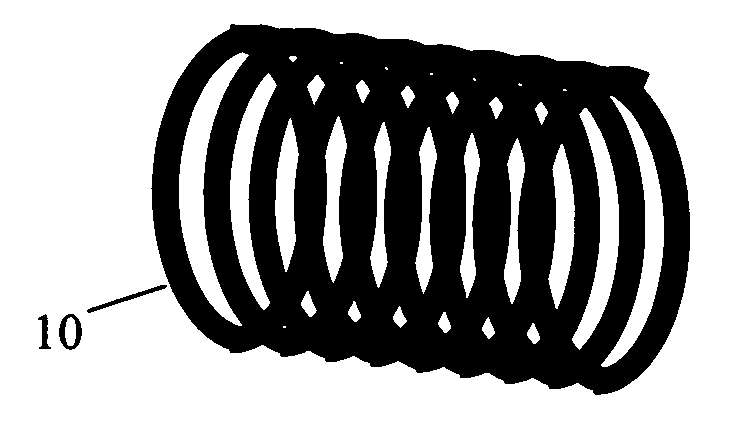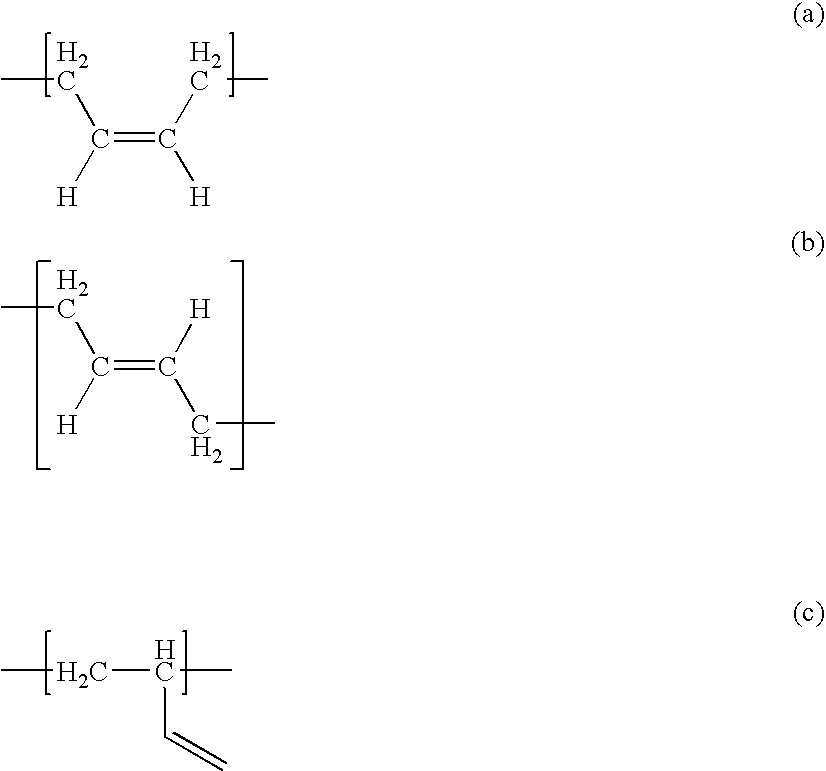Compliant polymeric coatings for insertable medical articles
a technology of polymeric coatings and medical articles, which is applied in the direction of packaging goods types, flexible pipes, bottling operations, etc., can solve the problems of high cost, high technical difficulty in the preparation of these coatings, and the delamination of all or portions of the coated materials from the surface of the device, so as to promote crosslinking of the polymeric material, improve the coating process, and improve the viscosity
- Summary
- Abstract
- Description
- Claims
- Application Information
AI Technical Summary
Benefits of technology
Problems solved by technology
Method used
Image
Examples
example 1
[0160] The present example describes a coating process wherein substrates were provided with a poly(diene) base coat followed by a second coat with a photo-poly(vinylpyrrolidone) coating solution. The coated substrates were tested for lubricity after coating formation.
[0161] Stainless steel guidewires (0.254 mm O.D.; Small Parts, Inc, FL) and white PEBAX rods (3 mm O.D.; Medsource, Inc., MN) were dip-coated in a poly(1,2 butadiene) solution. In order to prepare the poly(1,2 butadiene) coating solution, 5 g of pelleted poly(1,2 butadiene) (Scientific Polymer Products; Ontario, N.Y.) was dissolved to a concentration of 50 mg / ml in tetrahydrofuran (THF). The PEBAX rods or stainless steel guide wire were immersed in the poly(1,2 butadiene) coating solution at a temperature of 22° C. for a period of 20 seconds. The substrates were then removed and air-dried for 15 minutes.
[0162] For the second coat, a solution of photo-poly(vinylpyrrolidone) was prepared. Photo-poly(vinylpyrrolidone) w...
PUM
| Property | Measurement | Unit |
|---|---|---|
| Tg | aaaaa | aaaaa |
| Tg | aaaaa | aaaaa |
| width | aaaaa | aaaaa |
Abstract
Description
Claims
Application Information
 Login to View More
Login to View More - R&D
- Intellectual Property
- Life Sciences
- Materials
- Tech Scout
- Unparalleled Data Quality
- Higher Quality Content
- 60% Fewer Hallucinations
Browse by: Latest US Patents, China's latest patents, Technical Efficacy Thesaurus, Application Domain, Technology Topic, Popular Technical Reports.
© 2025 PatSnap. All rights reserved.Legal|Privacy policy|Modern Slavery Act Transparency Statement|Sitemap|About US| Contact US: help@patsnap.com



